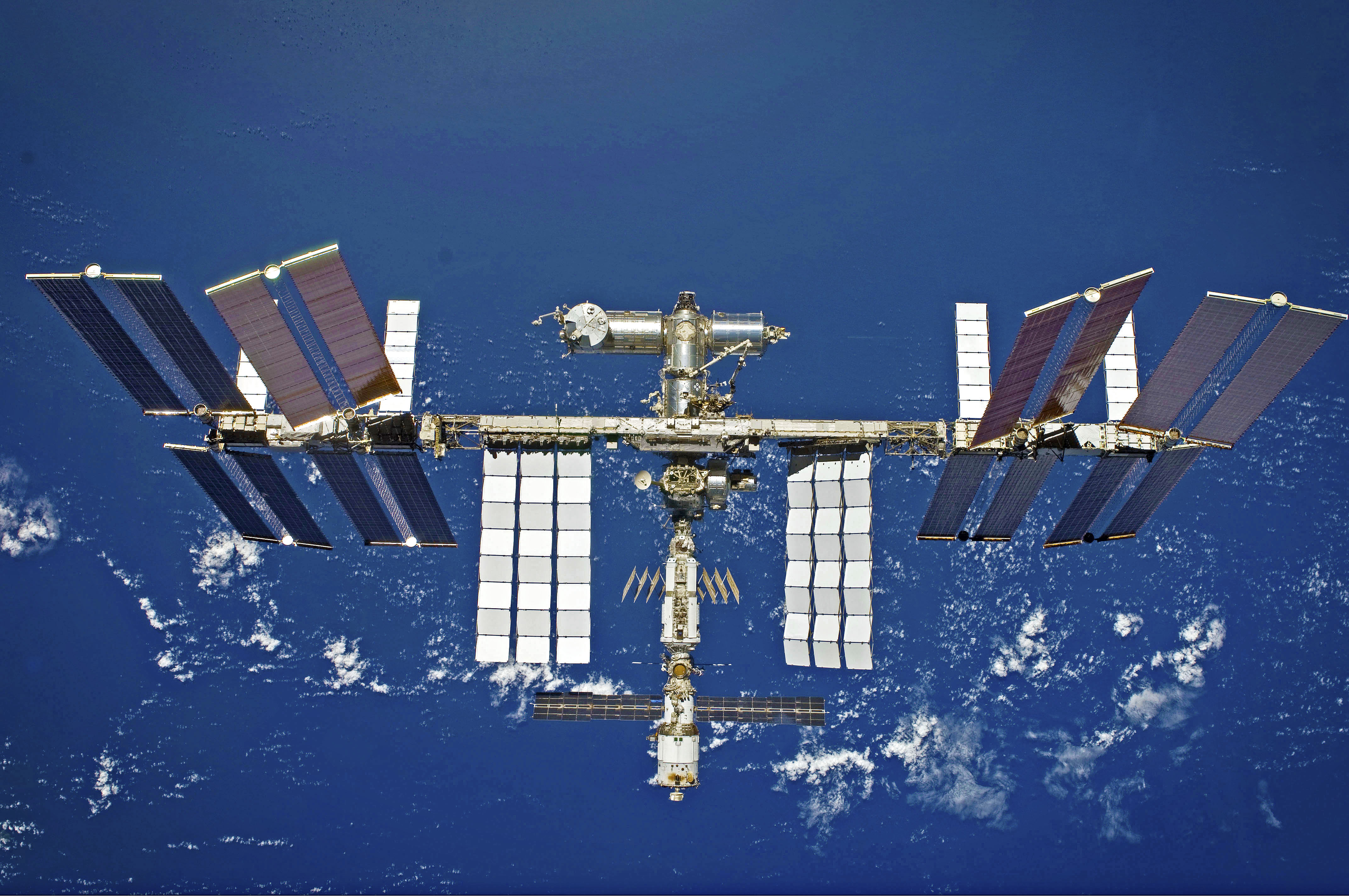Soaring 250 miles above Earth, the International Space Station (ISS) stands as a testament to human ingenuity and international collaboration. This marvel of engineering serves as a scientific research platform, a stepping stone for future deep-space exploration, and a symbol of unity in the pursuit of knowledge. This article delves into the fascinating world of the ISS, exploring its history, construction, capabilities, and groundbreaking scientific endeavors.
From Vision to Reality: The Birth of the International Space Station
The concept of the ISS emerged during the Cold War era, with both the United States and the Soviet Union proposing space station concepts. However, the end of the Cold War paved the way for a collaborative effort. In 1988, the United States, Russia (then the Soviet Union), Canada, Japan, and the European Space Agency (ESA) signed a series of agreements, officially outlining the cooperative development and operation of the ISS.
The construction of the ISS was a mammoth undertaking, involving multiple space agencies, numerous launches, and a complex choreography of assembly missions. The first module, Zarya, launched in 1998, marked the beginning of this historic endeavor. Over the next two decades, numerous modules and components were meticulously assembled in space using robotic arms and spacewalks by astronauts and cosmonauts.
A Global Effort: International Collaboration in Action
The ISS is a true international success story. The participating space agencies each contributed modules, scientific instruments, and technical expertise. The United States provided the Unity and Destiny modules, the core of the station's habitable volume. Russia contributed the Zarya and Zvezda modules, which house essential life support systems. Europe, Japan, and Canada also made significant contributions, with modules like the Cupola, a panoramic observation deck, and the robotic arm Dextre.
This international partnership extends beyond hardware. Astronauts and cosmonauts from various countries train together and live and work side-by-side on the ISS. This collaboration fosters cultural exchange, promotes teamwork across borders, and advances scientific research for the benefit of all humankind.
A Home in the Heavens: The ISS as a Living and Working Laboratory
The ISS is not simply a collection of modules; it's a functioning spacecraft and a scientific research platform orbiting Earth. It provides a unique microgravity environment, a state of near-weightlessness, that allows scientists to conduct experiments impossible on Earth.
Here's a glimpse into some of the groundbreaking research conducted aboard the ISS:
- Life Sciences: Studying the effects of microgravity on the human body is crucial for planning future long-duration space missions. Research focuses on bone density loss, muscle atrophy, and cardiovascular health in space. Additionally, experiments explore the behavior of plants and microorganisms in microgravity, potentially paving the way for space-based agriculture.
- Materials Science: The microgravity environment allows for the creation of crystals with superior properties. These crystals have applications in pharmaceuticals, electronics, and advanced materials development.
- Earth Observation: The vantage point of the ISS offers a unique perspective on Earth. Astronauts conduct observations of weather patterns, climate change, and environmental phenomena, providing valuable data for researchers on Earth.
- Astronomy: The ISS houses scientific instruments for astronomical observations. The lack of atmospheric interference allows for clearer observation of celestial objects, aiding astronomers in studying stars, galaxies, and the cosmos.
These are just a few examples of the diverse scientific endeavors conducted on the ISS. This orbiting laboratory is a hub for discovery, pushing the boundaries of human knowledge and paving the way for future space exploration.
A Stepping Stone to the Future: The Legacy of the ISS
The ISS serves as a critical training ground for astronauts and cosmonauts who will venture further into space in the future. They gain experience in living and working in a closed-loop environment, develop skills for conducting spacewalks, and learn how to troubleshoot and maintain complex systems in space.
The lessons learned from the ISS will prove invaluable for future missions to the Moon and Mars. The ability to sustain a crew for extended periods in space, develop methods for recycling resources, and conduct complex scientific research – all these areas are being honed aboard the ISS.
While the exact duration of the ISS's operation is yet to be determined, its legacy is already secure. It has fostered international collaboration, advanced scientific research, and inspired a generation to dream bigger and reach for the stars. The knowledge gained from the ISS will continue to propel space exploration for decades to come.
A Glimpse Inside: Facts and Figures of the ISS
Dimensions:
- Length (overall): 356 feet (109 meters)
- Width (solar array span): 239 feet (73 meters)
- Habitable Volume: 1,388 cubic meters (49,425 cubic feet) – roughly the size of a Boeing 737-800 passenger airplane cabin.
Orbit:
- Altitude: Approximately 250 miles (400 kilometers) above Earth
- Orbital Period: 90 minutes - The ISS completes one orbit around Earth every 90 minutes.
Crew:
- Capacity: Up to 7 people
- Current Crew: The number of crew members on the ISS fluctuates, typically ranging from 3 to 6 astronauts and cosmonauts from various space agencies.
Construction:
- Start of Construction: 1998
- Participating Space Agencies: NASA (US), Roscosmos (Russia), JAXA (Japan), ESA (Europe), CSA (Canada)
Power Source:
Large solar arrays generate electricity, which is stored in batteries for use during the portion of the orbit when the ISS is not in sunlight.
Research:
Over 3,000 experiments have been conducted aboard the ISS in various fields like life sciences, materials science, Earth observation, and astronomy.
Tags:
Space Technology

